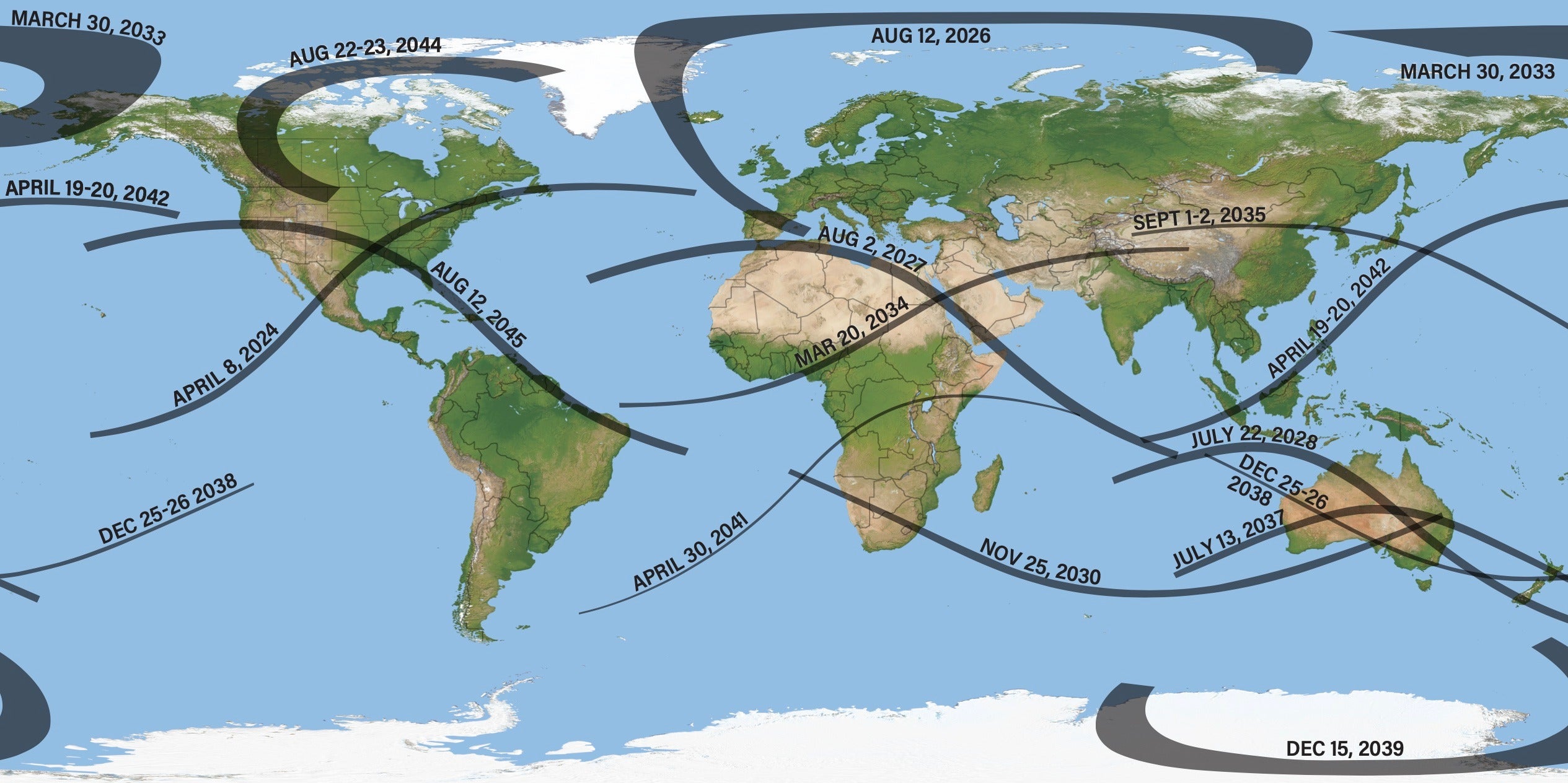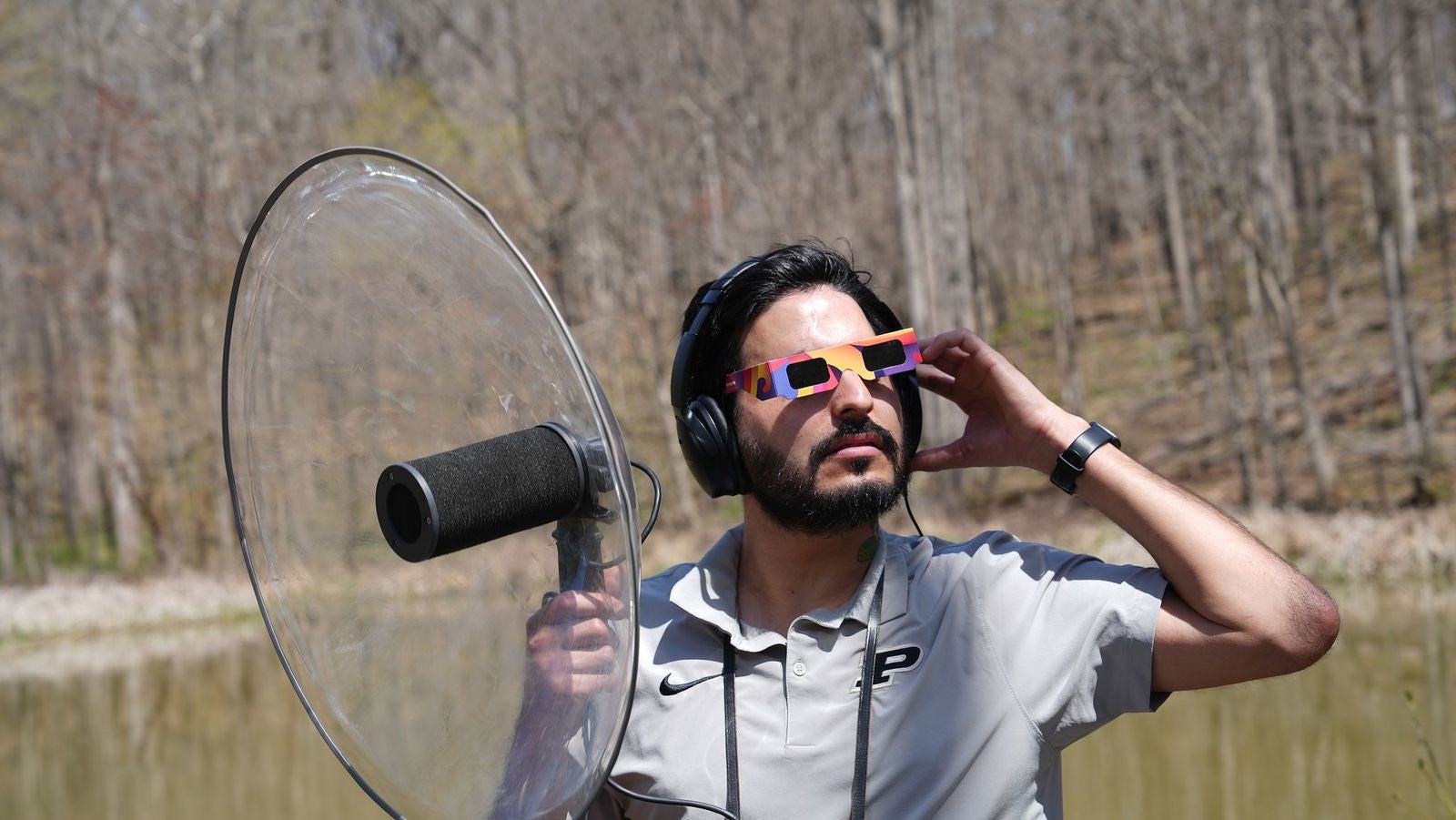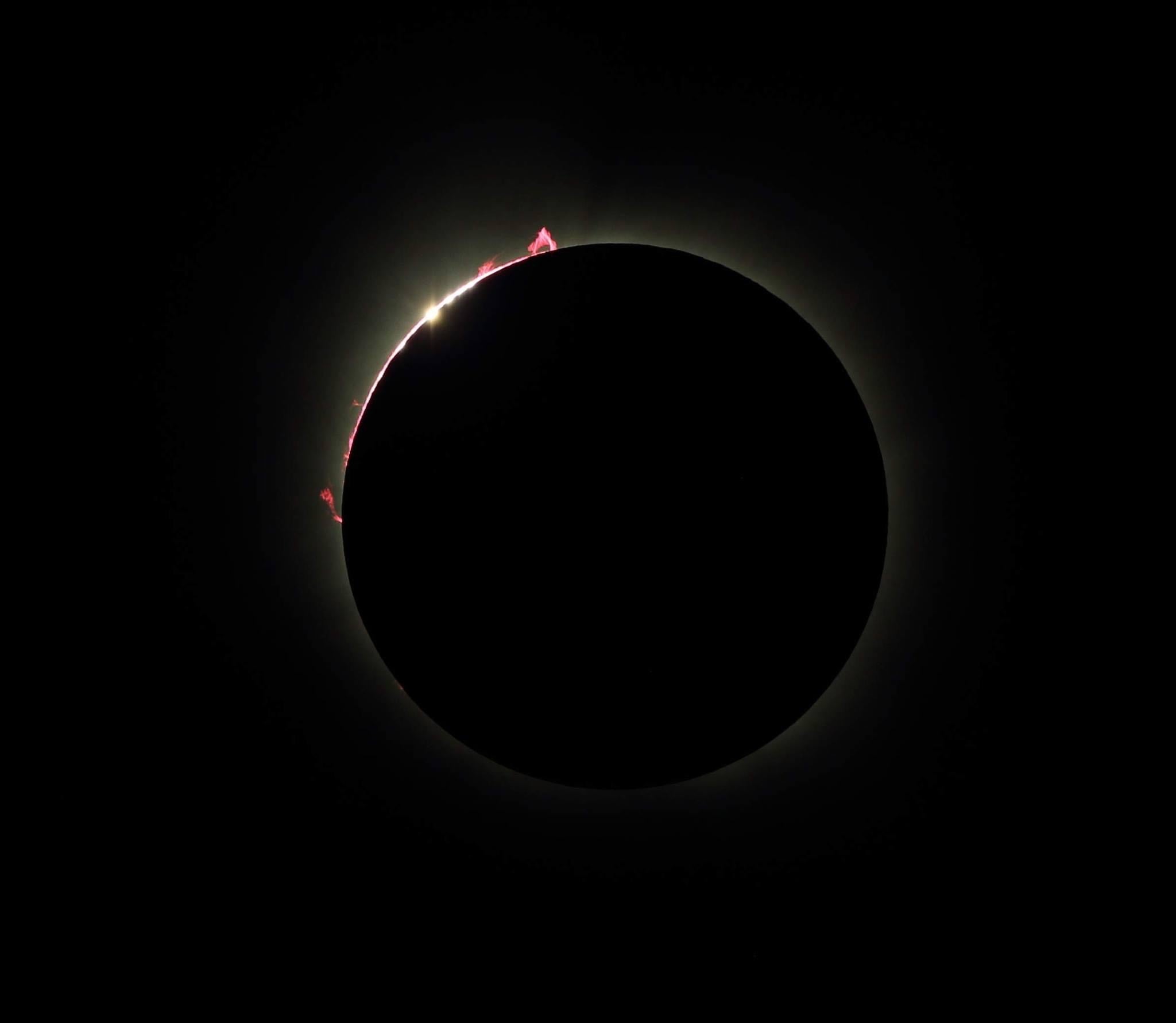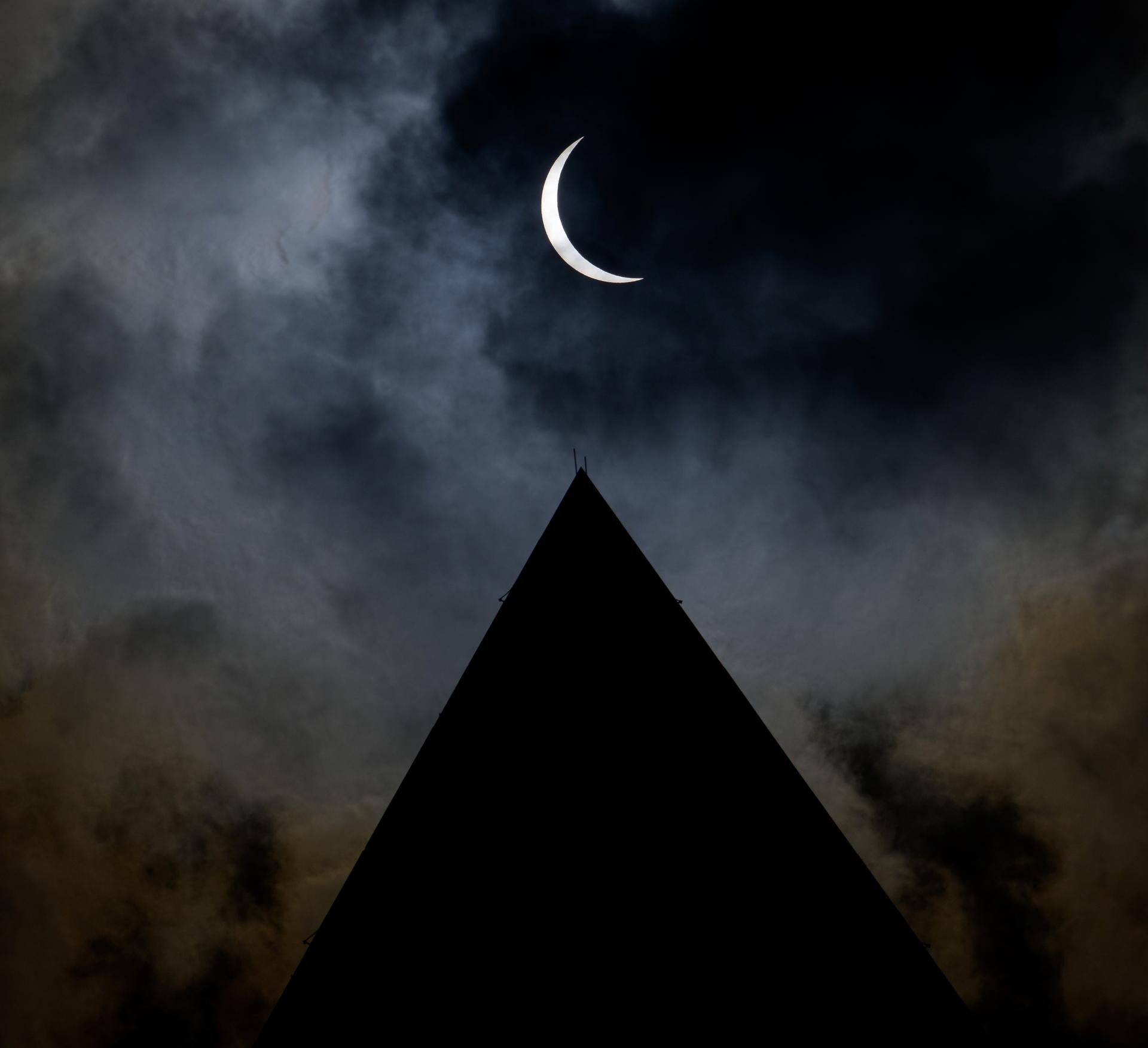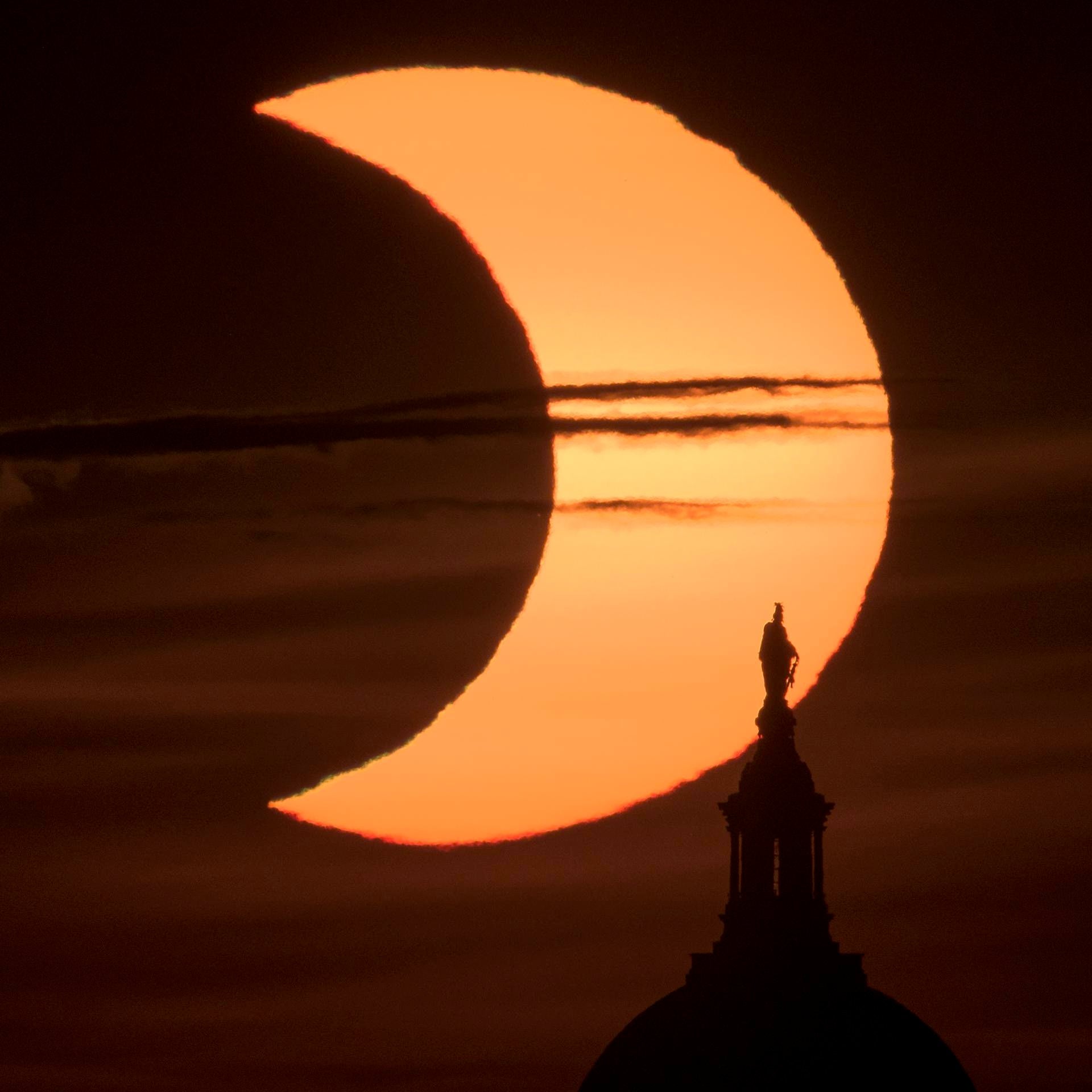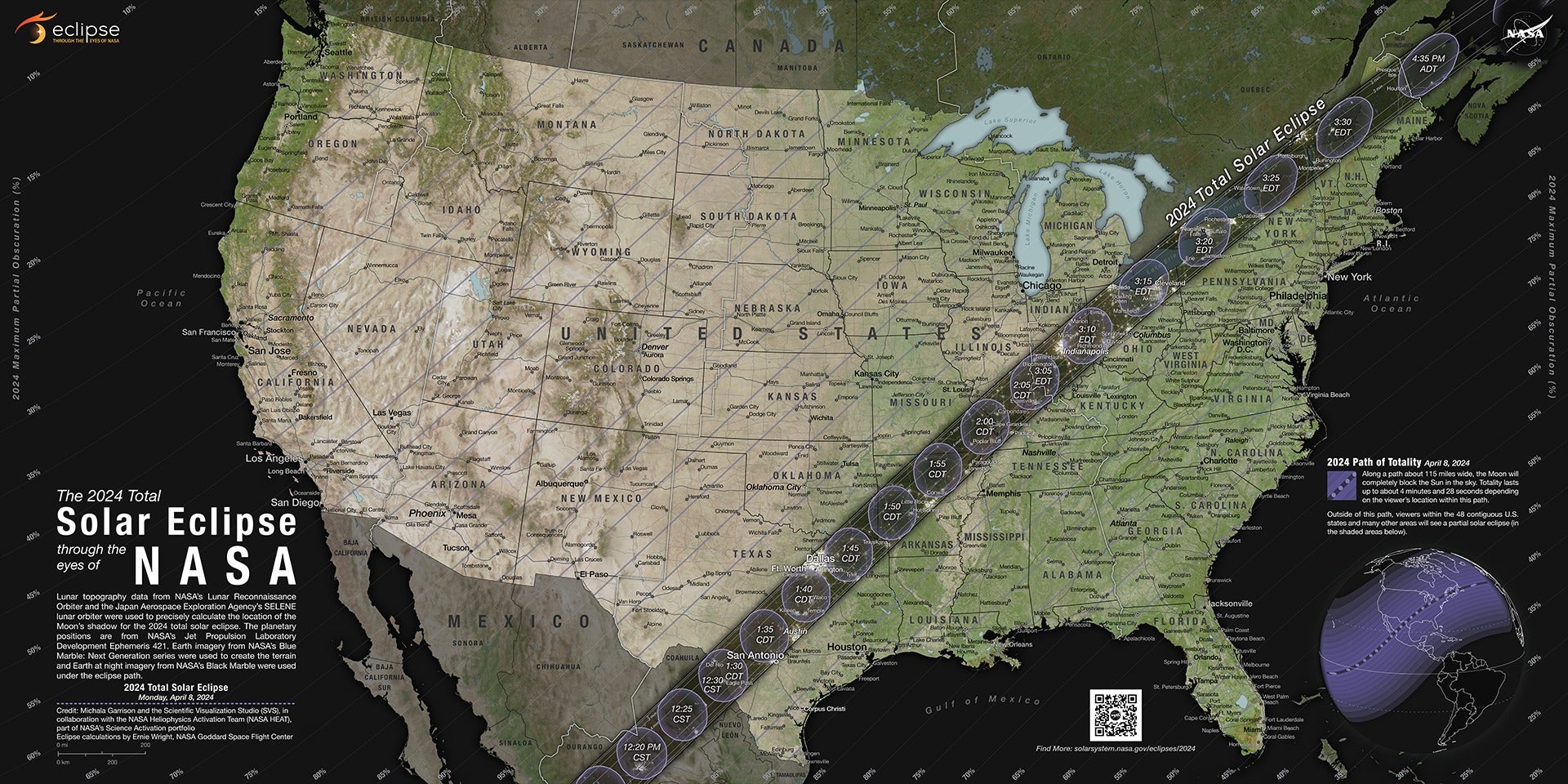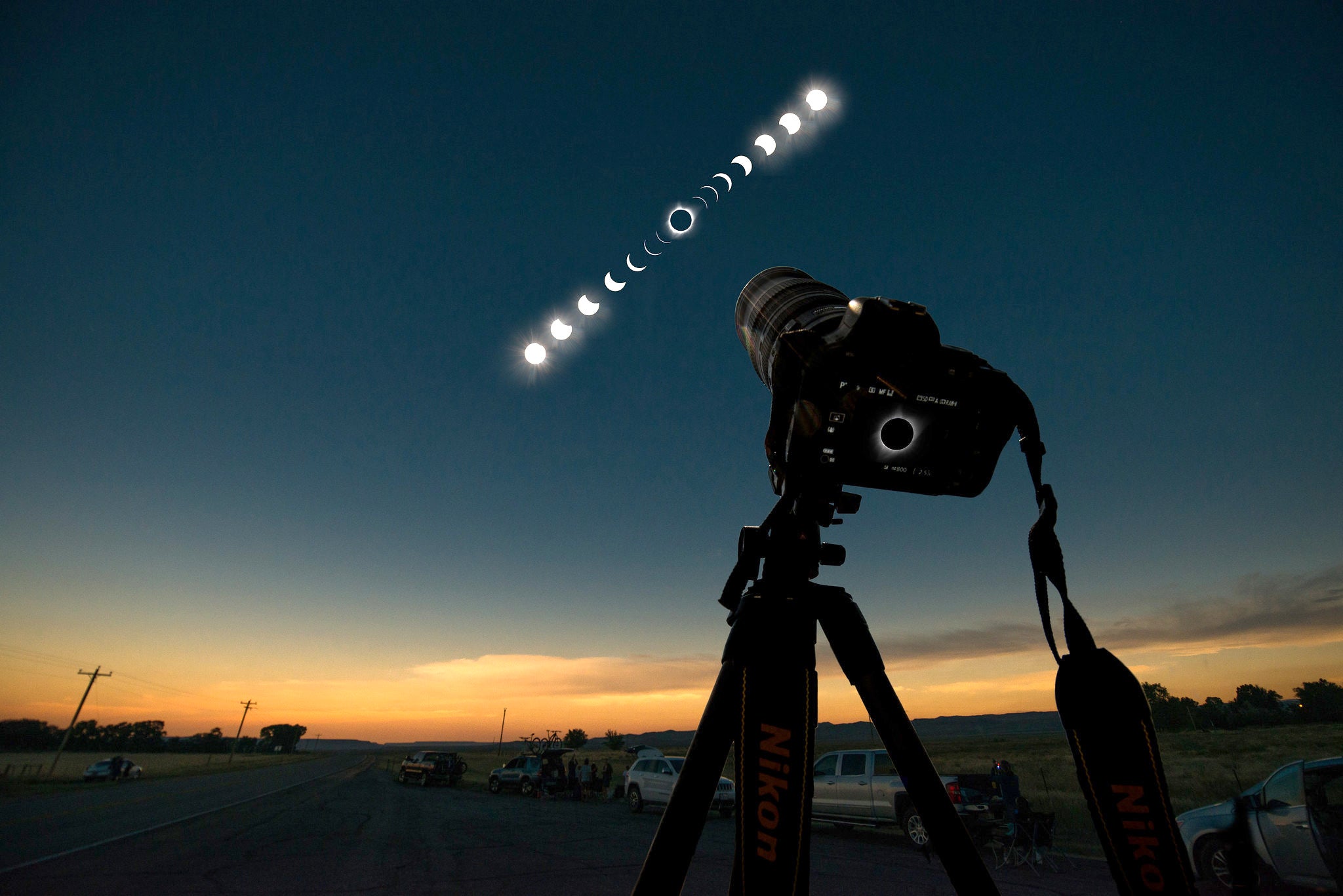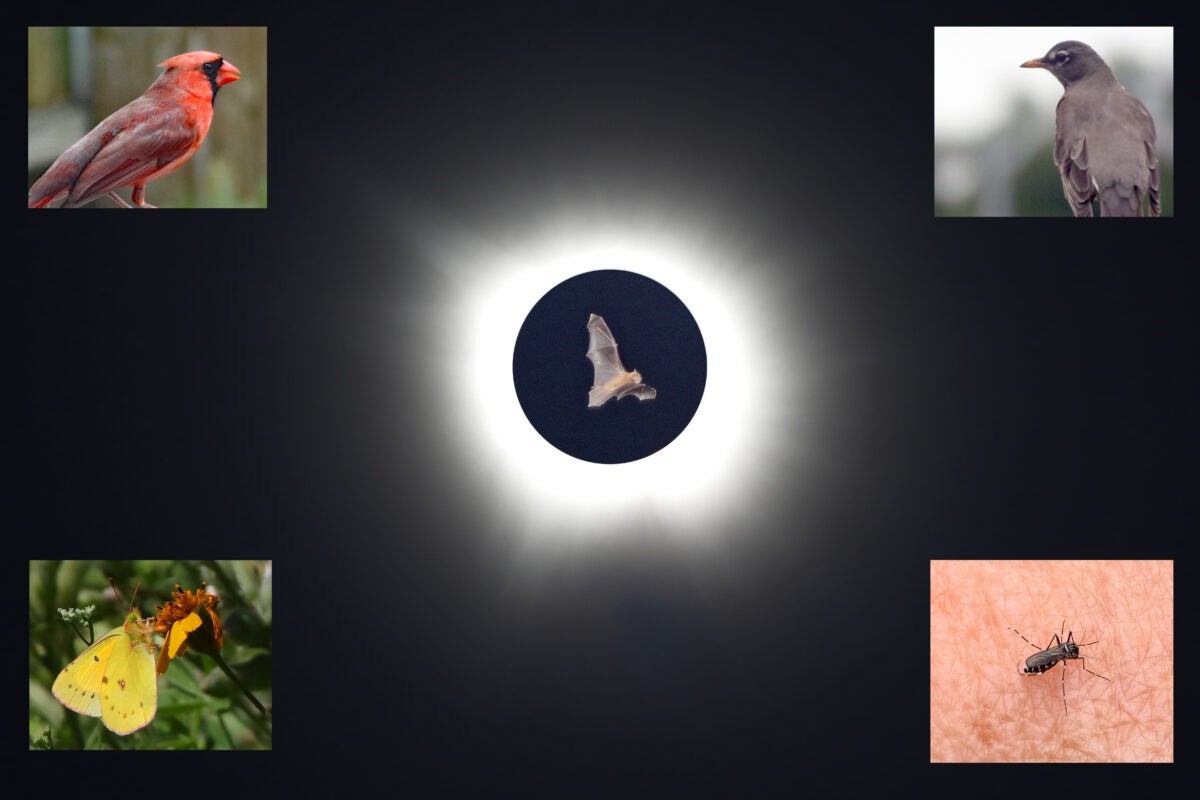
Astronomers have long investigated the effects of totality on the animal kingdom. Results vary from eclipse to eclipse and location to location, leaving one to wonder just what specific aspects of the event can trigger behavioral responses. It’s part of what makes totality one of the greatest natural wonders.
Before diving into the events of the April 8, 2024, total solar eclipse, let’s look at some historical examples.
One of the earliest known records comes from the June 24, 1778, eclipse when Spanish naval officer and scientist Antonio de Ulloa observed that while sailing between the Azores and Portugal’s Cape St. Vincent, the “fowls, birds, and other animals on board took their usual position for sleeping as if it had been night.”
During the July 8, 1842, eclipse at Pavia, Italy, British astronomer Francis Baily observed that the “great number of swallows flying about” before totality had vanished “towards the middle of the eclipse,” only to return to full activity after third contact. So how did the animal kingdom react during the April 8, 2024 eclipse?
My wife, Deborah Carter, and I observed totality from Bee Cave, Texas, about 15 miles (24 kilometers) northwest of Austin. We set up next to a wildlife habitat which served as a stage to record the effects of totality on nonhuman life forms.
The Sun sat at an altitude of about 70° at the onset of totality, which lasted a little more than three minutes in Bee Cave. We observed the partial phase in the interstices between broken bands of altocumulus clouds, but a significant hole opened up at second contact, allowing a full view of the main event. Clouds covered the Sun shortly after third contact, followed by rain.
As expected, numerous insects went about their business prior to first contact. An abundance of butterflies flitted around the Texas wildflowers underfoot, a nearby cardinal whistled incessantly, and the swallows darted. The air was filled with the sound of distant bird calls. The temperature reached a high of 80 degrees Fahrenheit (27 degrees Celsius) and the winds were very erratic throughout most of the initial partial phases.
When the Sun was about 40 percent devoured, a mild chill filled the air and the wind gusts became stronger. At first, this change appeared to have no effect on the birds or insects. But only about five minutes later, all low-flying butterflies had vanished from view — with the exception of one straggler, which dove into the grass and did not return. Some high-flying butterflies still made occasional stops among the trees. A hawk soared overhead.
When the Sun was about 70 percent eclipsed, an appreciable darkening occurred. The receding crescent of the Sun turned the grasses yellow, and the light looked dull and flat, as if filtered through smoke. In the forest, leaves took on an eerie waxy sheen that seemed to glow against the darkened tree limbs.
At about 75 percent eclipsed, the cardinal had stopped singing. An American robin, usually vocal during twilight, now became the most dominant-sounding bird. We saw our last high-flying butterfly, and Deborah encountered the first mosquitoes; they became prolific when the Sun was about 95 percent eclipsed. Three minutes before second contact, two low-flying bats came out of the woods and glided past us.
After a brief chorus of cheers from distant humans at the onset of totality, the wind and all insect and bird activity ceased. As the sky plunged into a silvery twilight, a sudden silence filled the air. It wasn’t broken until crickets began serenading the approach of third contact. Five minutes after the Sun returned, the crickets hushed and distant bird songs resumed. Other insects did not return to flight until about 10 minutes after third contact. Butterflies did not resume their field duties until about 40 minutes after third contact — when the flight of birds, and life itself, seemed to also return to normal.
If you had a chance to record how the animal kingdom reacted during the April 8 eclipse, send your observations to sjomeara31@gmail.com.


